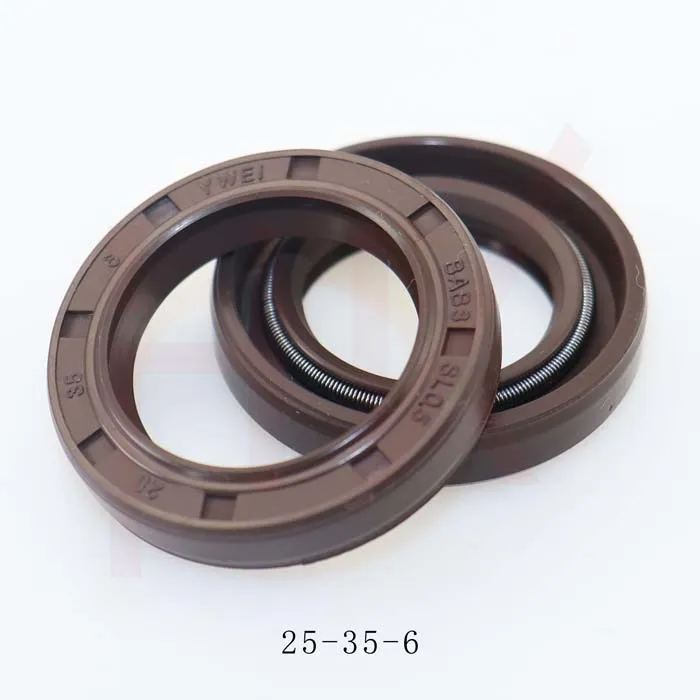Nov . 18, 2024 18:07 Back to list
Hydraulic Ram Wiper Seal Design and Applications for Enhanced Performance and Durability
Understanding Hydraulic Ram Wiper Seals Importance and Functionality
Hydraulic ram wiper seals play a crucial role in the functionality and longevity of hydraulic systems. These seals are specifically designed to prevent external contaminants, such as dirt, dust, and moisture, from entering the hydraulic cylinder while simultaneously ensuring that the hydraulic fluid remains within the system. Given the demanding environments in which hydraulic rams often operate, the effectiveness of wiper seals can significantly impact overall performance.
What Are Hydraulic Ram Wiper Seals?
Wiper seals act as the first line of defense for hydraulic systems. Typically located at the outer edge of the hydraulic cylinder, their primary function is to wipe away any contaminants that may accumulate on the ram as it extends and retracts. Made from various materials such as elastomers or plastics, wiper seals can be engineered to withstand a broad range of temperatures, pressures, and environmental conditions.
Among their essential qualities, the design of wiper seals can vary. Some common configurations include lip profiles that are angled to enhance the sweeping action during the ram's movement. This design helps ensure that water and debris do not penetrate the interior of the hydraulic system.
Importance of Proper Seal Selection
hydraulic ram wiper seal

Selecting the right type of wiper seal is crucial for maintaining the integrity of hydraulic systems. Different applications may require different material properties, such as resistance to abrasion, chemicals, or extreme temperatures. For instance, wiper seals used in heavy machinery might demand tougher materials that can resist high impacts and abrasive substances, while applications in less strenuous environments might utilize simpler designs.
Proper installation and maintenance of wiper seals also play a significant role in their effectiveness. Ensuring that the seals are correctly seated and functioning as intended can prevent early wear and tear. Regular inspections can help spot any signs of degradation or damage, allowing for timely replacements before significant issues arise.
Consequences of Seal Failure
Failure of hydraulic ram wiper seals can lead to several problems. If contaminants penetrate the hydraulic cylinder, they can cause wear and damage to other components within the system, such as pistons and bearings. This can lead to leaks, reduced efficiency, and ultimately, costly repairs. Furthermore, a compromised seal can result in the loss of hydraulic fluid, which negatively affects the system's performance and may lead to operational downtime.
Conclusion
In summary, hydraulic ram wiper seals are indispensable components of hydraulic systems, protecting against contamination while ensuring efficient operation. From material selection to proper installation and maintenance, every aspect contributes to the wiper seal's performance and longevity. Paying attention to these factors can vastly improve the functionality of hydraulic systems and prevent costly failures. Understanding the importance of these seals not only helps in extending the life of hydraulic equipment but also ensures smooth operational efficiency, highlighting their vital role in mechanical and industrial applications.
-
TCN Oil Seal Metal Ring Reinforcement for Heavy Machinery
NewsJul.25,2025
-
Rotary Lip Seal Spring-Loaded Design for High-Speed Applications
NewsJul.25,2025
-
Hydraulic Cylinder Seals Polyurethane Material for High-Impact Jobs
NewsJul.25,2025
-
High Pressure Oil Seal Polyurethane Coating Wear Resistance
NewsJul.25,2025
-
Dust Proof Seal Double Lip Design for Construction Equipment
NewsJul.25,2025
-
Hub Seal Polyurethane Wear Resistance in Agricultural Vehicles
NewsJul.25,2025
-
The Trans-formative Journey of Wheel Hub Oil Seals
NewsJun.06,2025
Products categories
















